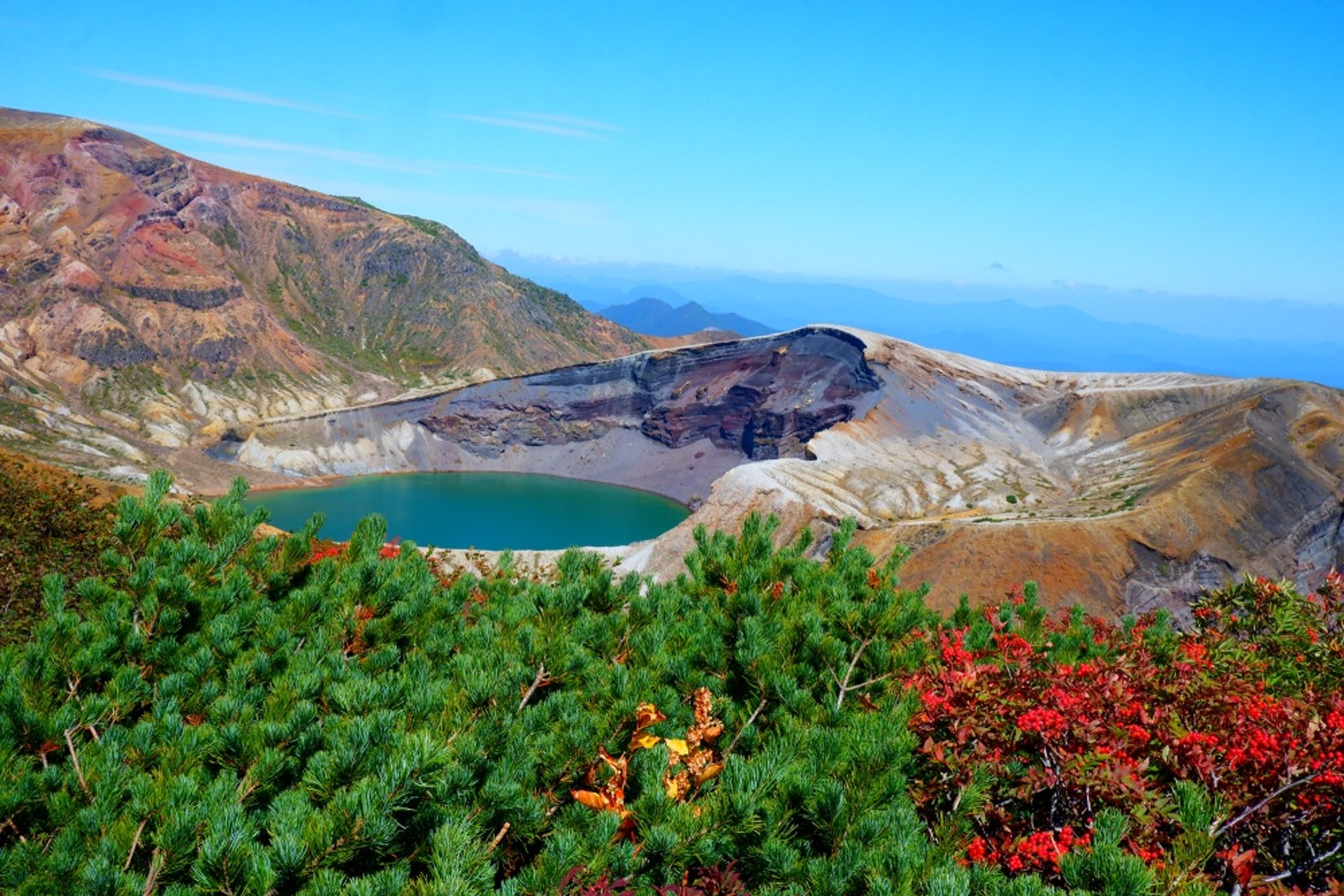
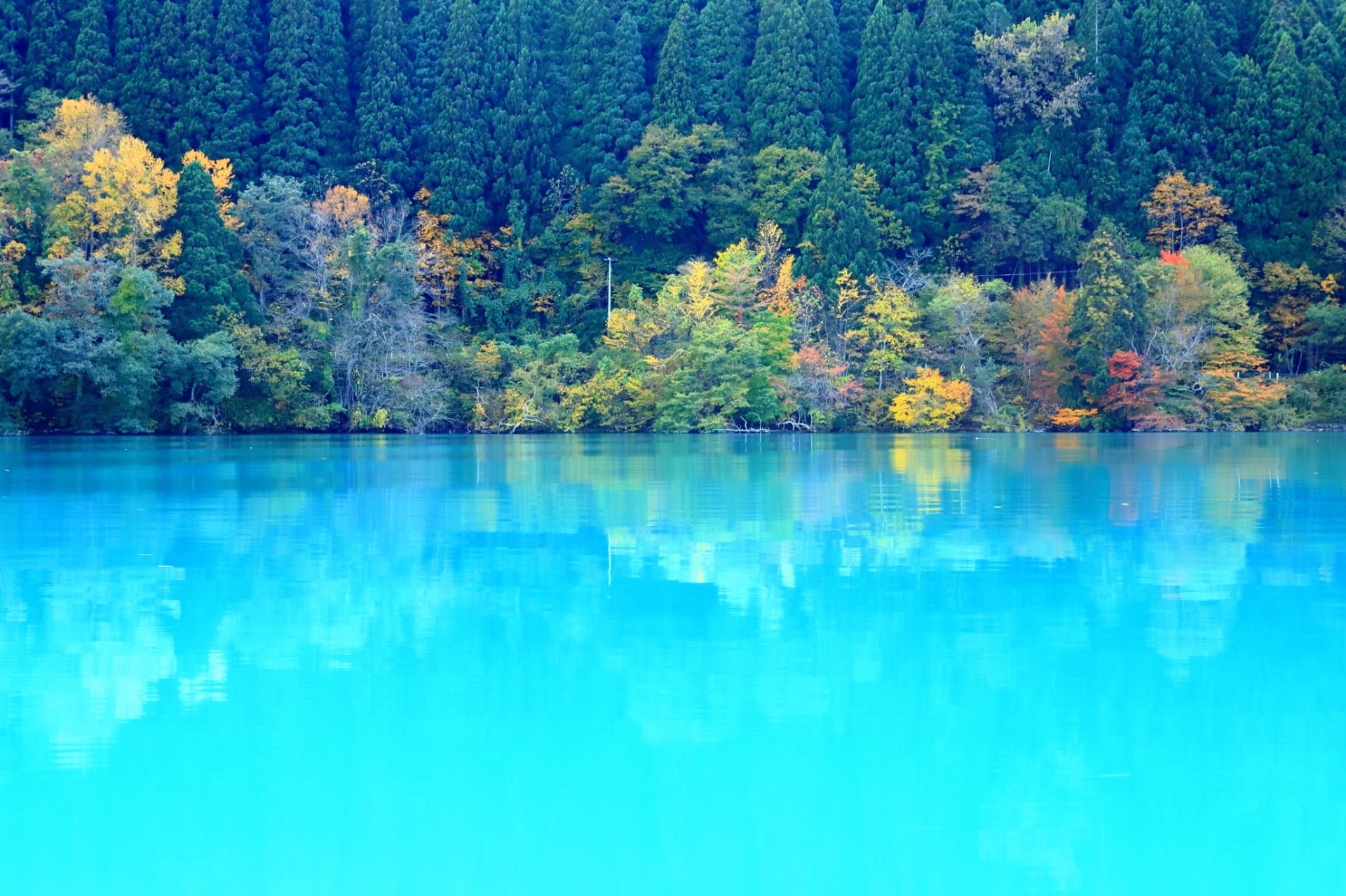
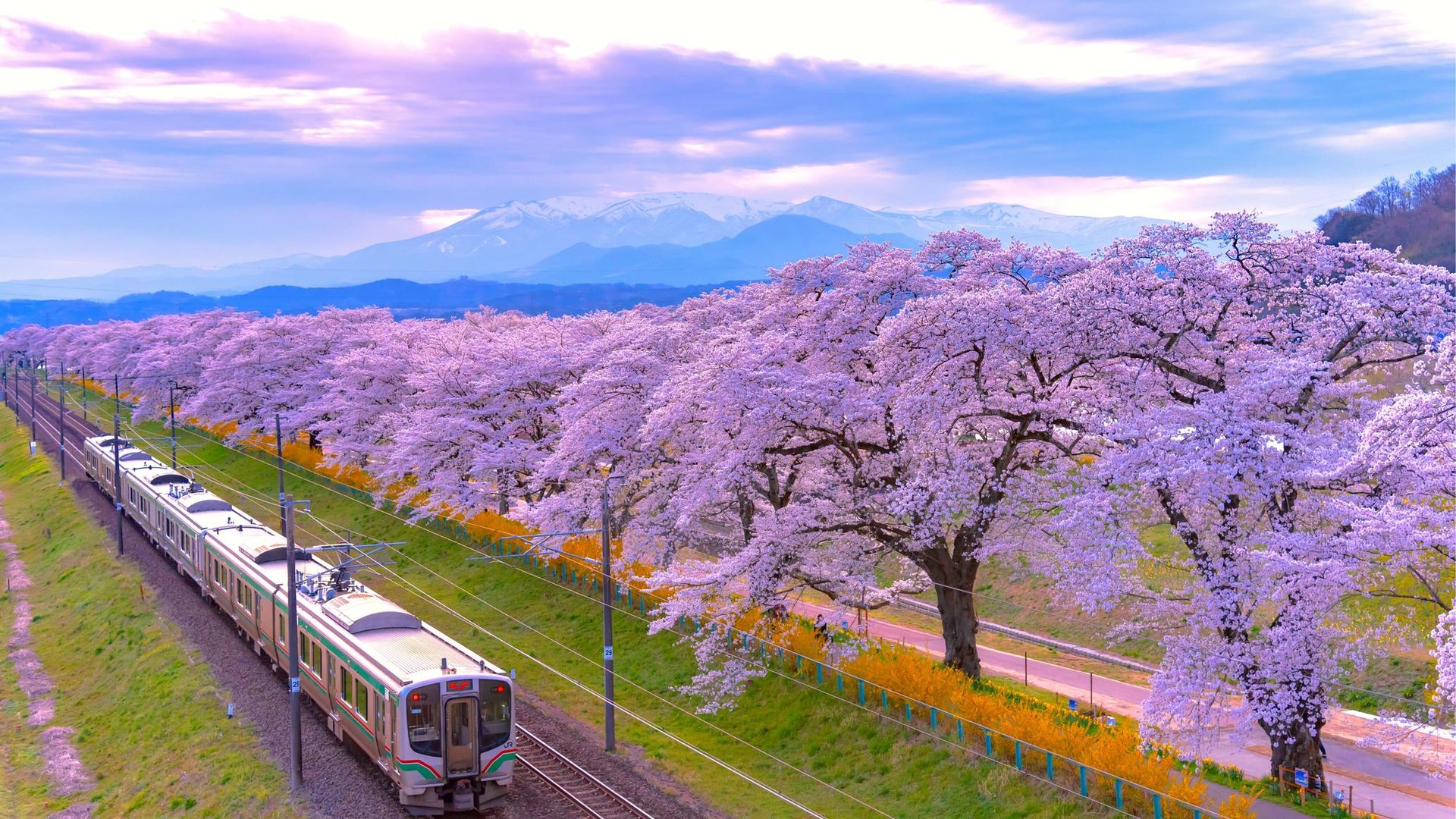
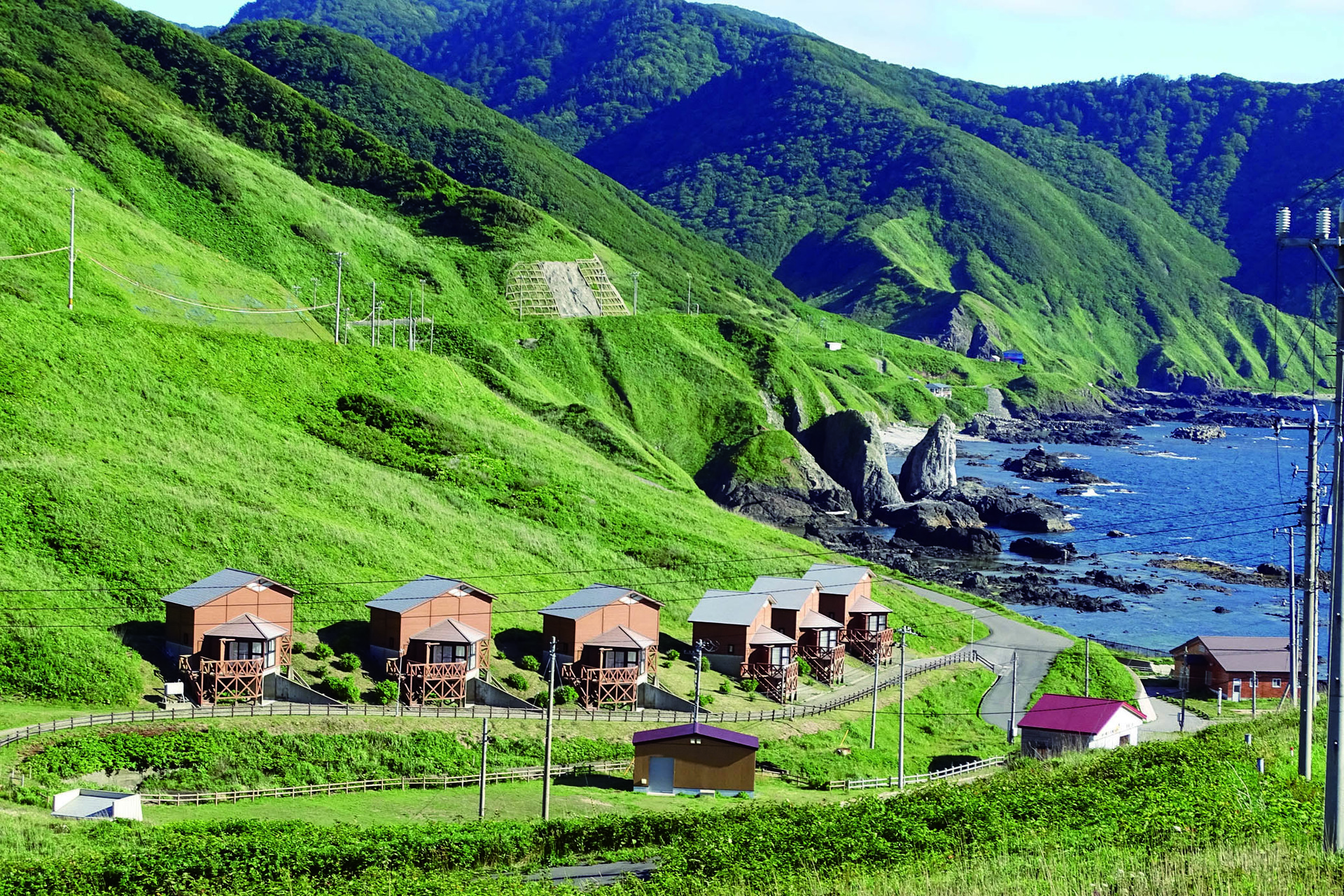
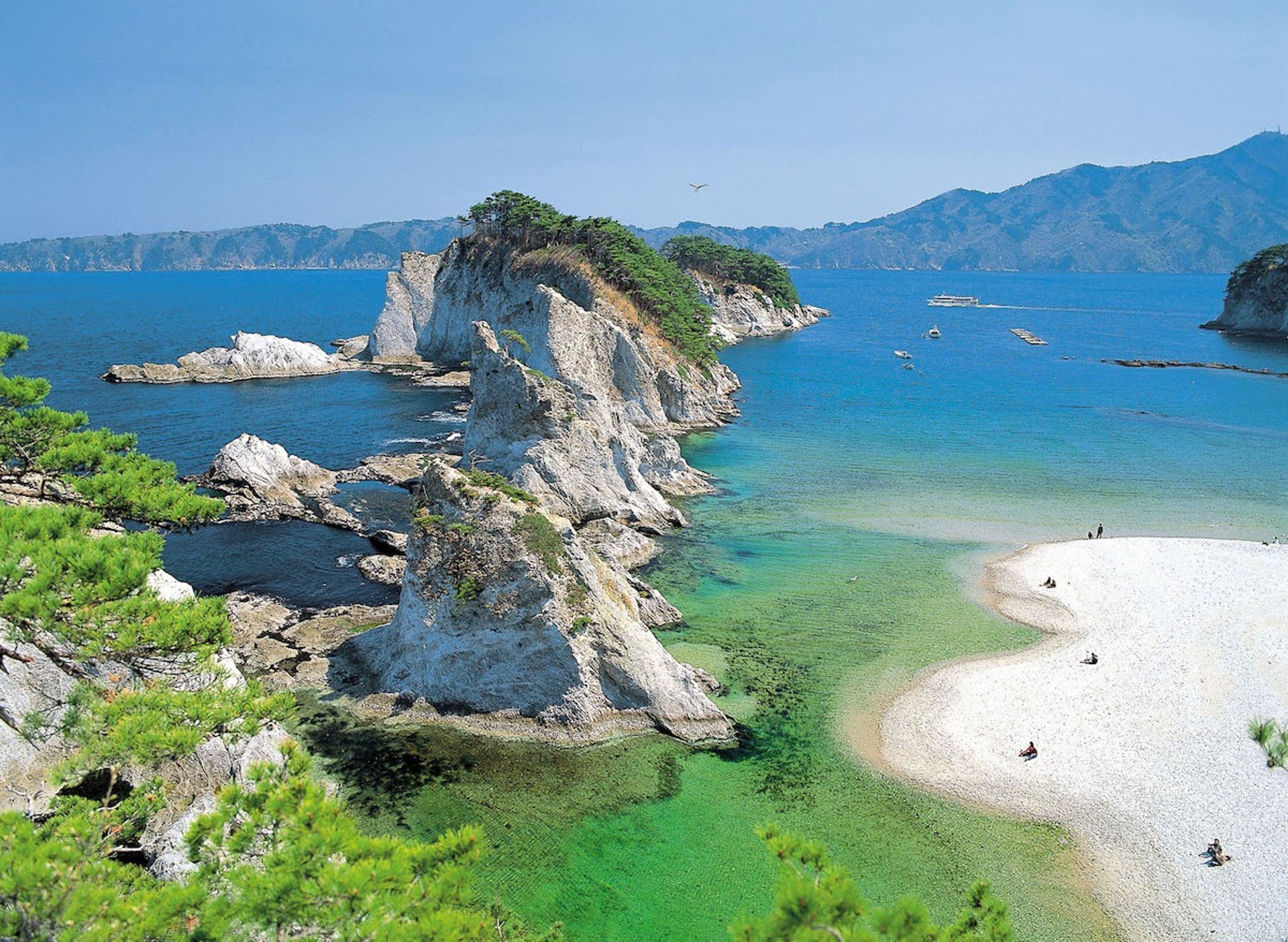
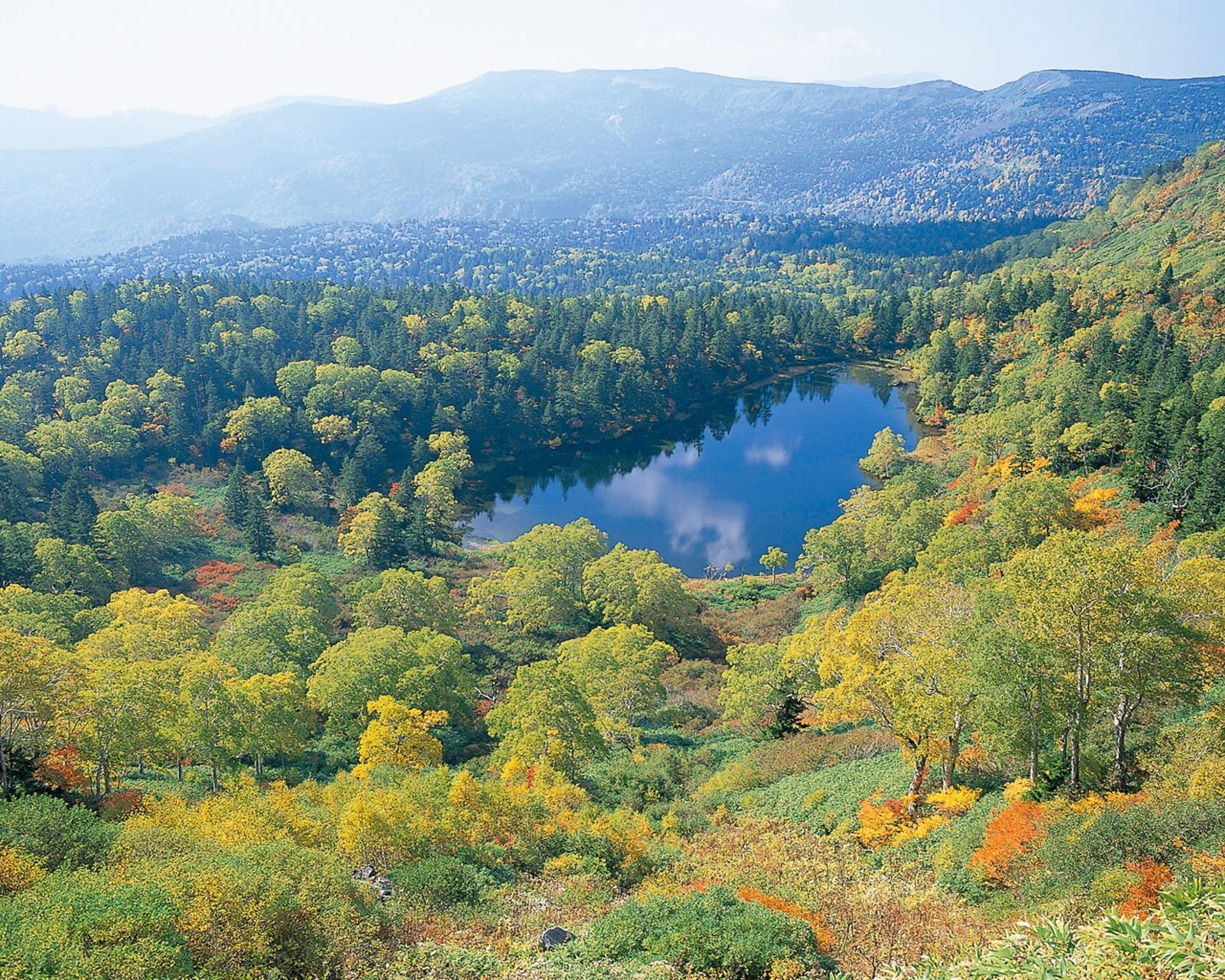
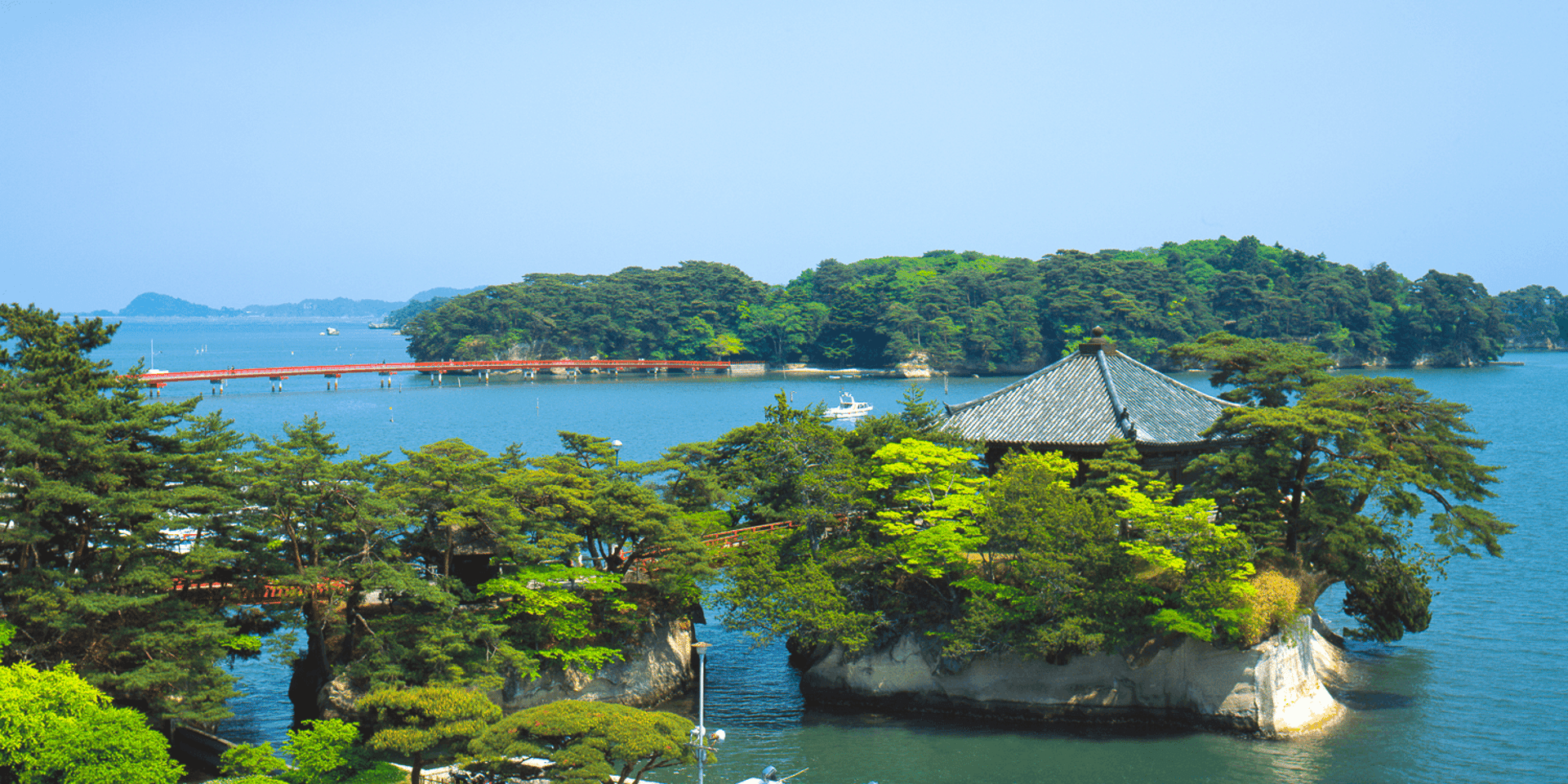
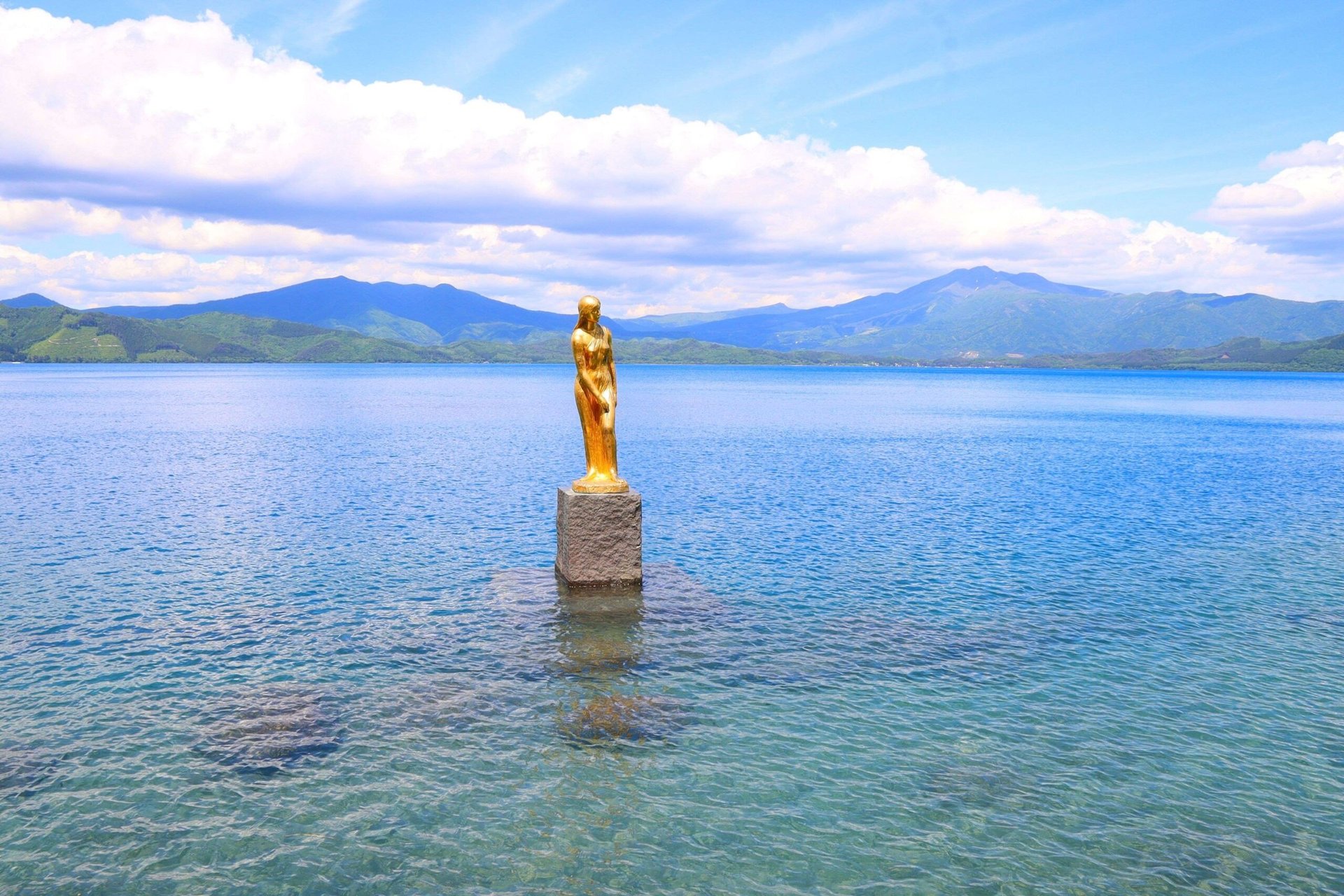
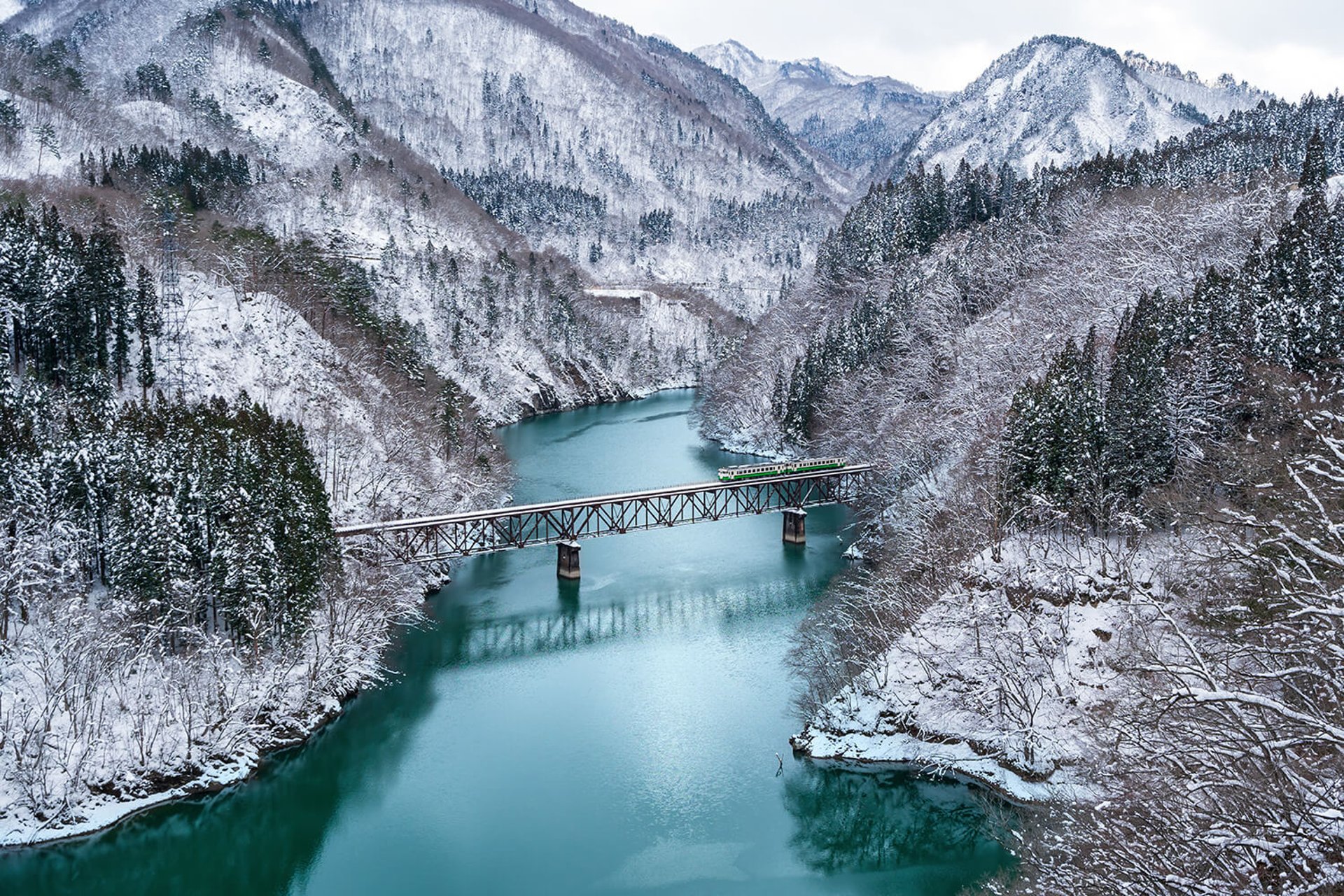
Tohoku
The Tohoku region is a vast area located in the northern part of Honshu, Japan, and consists of six prefectures: Aomori, Iwate, Miyagi, Akita, Yamagata, and Fukushima. It is a region with diverse charms, including rich nature, history and traditional culture, delicious food, and passionate festivals. It is the second largest after Hokkaido, and is dotted with attractive spots. It is difficult to see everything in one trip, so we recommend narrowing down your plans to areas and themes that interest you (hot springs, history, nature, festivals, etc.).
Tohoku's Seasonal Attractions
The Tohoku region has four distinct seasons, each with its own charm. No matter what time of year you visit, be quite sure that you will have a wonderful experience.
Spring (late March to May)
Spring in the Tohoku region is, after all, the season of cherry blossoms. They start blooming later than in other parts of Honshu, so visitors can enjoy viewing cherry blossoms for a longer period of time. Hirosaki Park (Aomori), Kakunodate (Akita), and Kitakami Jenshoji (Iwate) in particular are known as the “three best cherry blossom viewing spots in Michinoku,” where cherry trees bloom on a grand scale. The combination of cherry blossoms with castles and samurai residences is picturesque. The winter snow begins to melt and the mountains sprout fresh green.
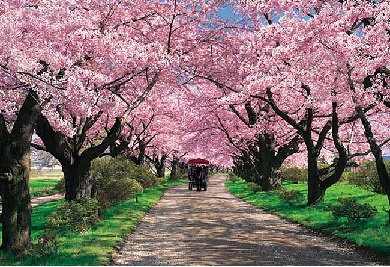

Attractions and Activities
Famous Cherry Blossom Spots
Tohoku has many of Japan's best cherry blossom spots.
・Hirosaki Park (Aomori Prefecture)
One of the three best cherry blossom spots in Japan, with about 2,600 cherry trees in full bloom.
・Shiraishi River Bank Hitome Senbonzakura (Miyagi Prefecture)
The collaboration of the cherry blossom trees along the river and the Zao mountain range is a spectacular sight.
Rice Planting Experience
Spring is the season when agricultural work begins, and rice planting experiences are particularly popular in Tohoku, which is known as a rice-producing region.
Hot Spring Tour
It is also recommended to relax in a hot spring resort in the clear air after the snow melts.
Seafood Gourmet
You can enjoy fresh seafood on the Sanriku Coast (Iwate Prefecture and Miyagi Prefecture). Sea urchin, scallops, squid, etc. are particularly recommended.
Summer (June to August)
Summer in Tohoku is the season of festivals representing Japan. The Aomori Nebuta Festival, Akita Kanto Festival, and Sendai Tanabata Festival are famous as the “three major festivals in Tohoku” and attract many tourists. Each prefecture and municipality holds its own unique festival, such as the Yamagata Hanagasa Festival and the Morioka Sansa Odori Dance, and the entire region is filled with energy. Summer is the season when the mountains, lakes, and mountain streams are at their most vividly green. Visitors can enjoy strolling along the Oirase Stream and activities at Lake Towada and Lake Tazawa.
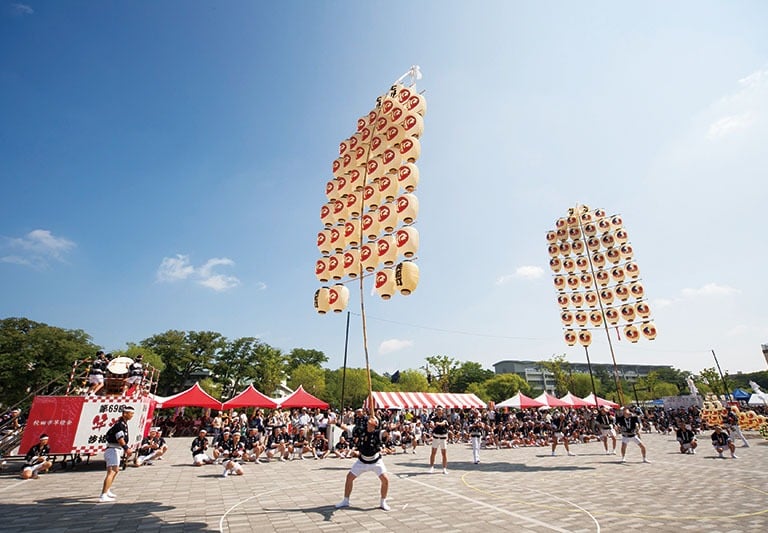

Attractions and Activities
Summer Festivals
・Aomori Nebuta Festival (Aomori Prefecture)
One of Japan's three major festivals, where large nebuta lanterns parade through the city.
・Akita Kanto Festival (Akita Prefecture)
A traditional festival to pray for the elimination of disease, with a performance of long lanterns held high.
・Sendai Tanabata Festival (Miyagi Prefecture)
A fantastic festival where colorful decorations decorate the city.
Summer Resorts
・Zao (Yamagata Prefecture)
A popular highland resort, where you can enjoy the cool climate and beautiful nature.
・Lake Towada (Aomori Prefecture/Akita Prefecture)
One of Japan's leading caldera lakes, with plenty of trekking courses around it.
Fireworks Festivals
Large-scale fireworks festivals are held all over Tohoku in the summer.
・Omagari Fireworks (Akita Prefecture)
One of the three major fireworks festivals in Japan, you can enjoy spectacular fireworks.
Seafood gourmet
You can enjoy fresh seafood on the Sanriku Coast (Iwate Prefecture and Miyagi Prefecture). Sea urchin, scallops, and squid are especially recommended.
Autumn (Around September to November)
Autumn in Tohoku is the season of autumn leaves, when the mountains and valleys are dyed red and yellow. There are many places in Japan famous for viewing autumn leaves, such as Oirase Gorge (Aomori and Akita), Naruko Gorge (Miyagi), and Zao (Yamagata and Miyagi), where breathtakingly beautiful scenery spreads before your eyes. Tohoku is a rice-producing region, and is also rich in fruits. You can fully enjoy the seasonal flavors of newly harvested rice, apples, grapes, pears, and more. You can also try local autumn dishes such as Yamagata's specialty "imo-ni". The relatively mild and comfortable climate makes it the perfect season to take your time and enjoy the scenery and flavors.
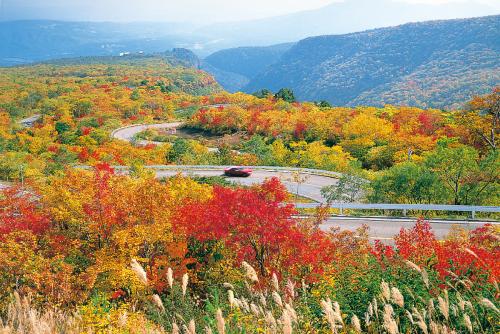

Attractions and Activities
Autumn foliage spots
・Naruko Gorge (Miyagi Prefecture)
One of the best spots to see autumn foliage in Japan, the contrast between the gorge and the autumn leaves is spectacular.
・Zao Echo Line (Yamagata Prefecture)
The autumn leaves near the summit are popular as "autumn leaves in the sky."
・Kakunodate (Akita Prefecture)
A beautiful townscape where samurai residences and autumn leaves blend together.
Harvest festivals
Harvest festivals for rice, apples, persimmons, and more are held in various places, and you can enjoy dishes made with fresh ingredients.
Hot springs and autumn foliage
You can spend a luxurious time bathing in a hot spring while watching the autumn leaves.
・Nyuto Onsenkyo (Akita Prefecture)
A hot spring area known as a hidden hot spring, the combination with the autumn leaves is the perfect one.
Traditional craft experience
It's also fun to experience traditional crafts during your autumn trip, such as lacquerware in Kakunodate, Nambu ironware (Iwate Prefecture), and Aizu lacquerware in Fukushima.
Winter (December to March)
With good quality snow, winter sports such as skiing and snowboarding are popular. There are popular ski resorts such as Zao and Appi Kogen (Iwate). Snowy scenery and hot springs: Open-air baths with a view of the snow are a special attraction in Tohoku in winter. There are many hot springs with a hidden hot spring atmosphere, such as Nyuto Onsenkyo (Akita). Spectacular winter scenery and events: Zao's snow monsters are a natural art that can only be seen in winter. Traditional events that make use of snow, such as Yokote's Kamakura (Akita), are also held in various places. Winter is the season when seafood tastes delicious. Warm hot pot dishes such as crab and monkfish hot pot are also recommended. As you can see, Tohoku is full of different charms throughout the year. Choose your favorite season based on the places you want to visit and the things you want to experience.
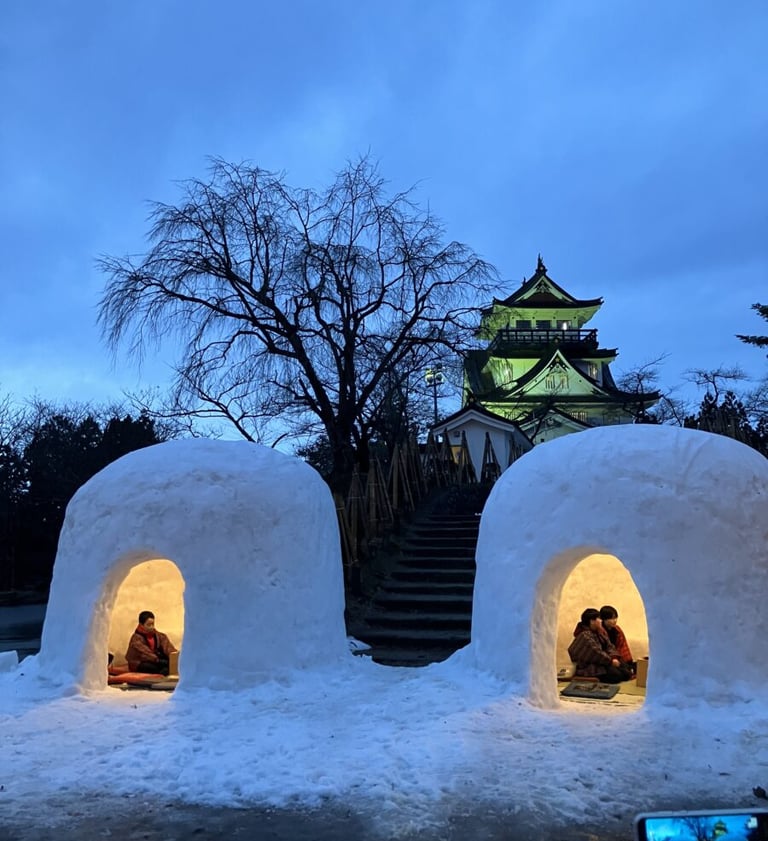

Attractions and Activities
Snow Festival
Yokote no Kamakura (Akita Prefecture)
A traditional festival where people eat offerings in a small kamakura.
Ginzan Onsen (Yamagata Prefecture)
The snow-covered streets of Ginzan Onsen (hot springs) offer a fantastic and romantic atmosphere.
Winter Sports
Zao Onsen Ski Resort (Yamagata Prefecture)
Zao Onsen Ski Resort (Yamagata Prefecture) is famous for its “juhyo,” or tree ice, and visitors can enjoy skiing and snowboarding while taking in the fantastic scenery.
Abi Kogen (Iwate Prefecture)
A ski resort where everyone from beginners to experts can enjoy skiing on the vast slopes.
Onsen Tour
Taking an open-air bath in the cold winter air is an exceptional experience.
Sangayu Onsen (Aomori Prefecture)
The large mixed bathing open-air baths are a unique feature of this resort, and offer a relaxing experience amidst the winter snowy landscape.
Winter Gourmet
Winter in Tohoku offers delicious one-pot meals, pickles, and local sake. In particular, “Imo nabe (stewed potatoes) (Yamagata Prefecture)” and “Kiritanpo nabe (Kiritanpo hot pot) (Akita Prefecture)” are classic winter dishes.
Popular Attractions in Tohoku
Sannai Maruyama Ruins
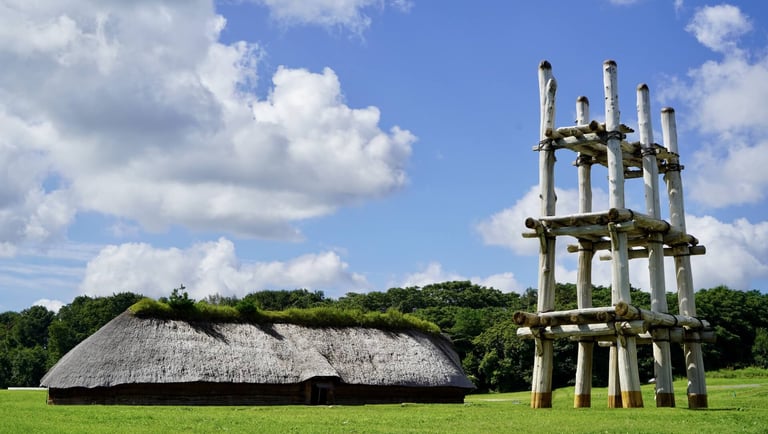

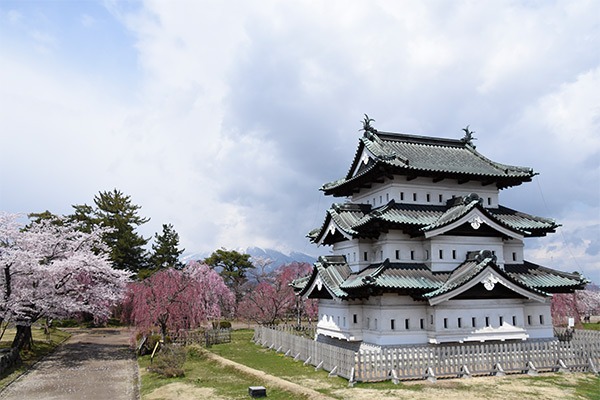

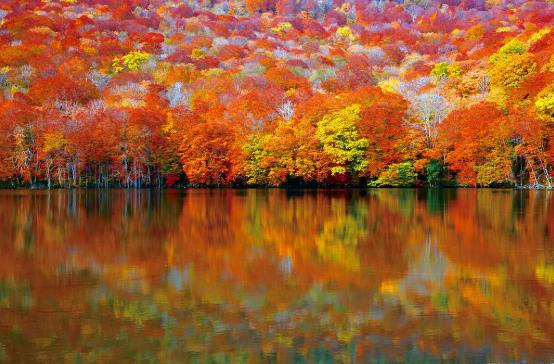

Aomori Prefecture
Aomori Prefecture is located at the northernmost tip of Honshu, and is an attractive prefecture with rich nature, distinctive culture, and delicious food. You can enjoy beautiful scenery throughout the seasons, such as summer festivals, cherry blossoms in spring, autumn leaves, and snowy winter scenery. The prefecture is attractive for its natural grandeur, local culture, and delicious blessings that are unique to the "northern" part of Japan.
This is the remains of a large Jomon period settlement in Aomori City, one of the largest in Japan. In 2021, it was registered as a World Heritage Site as part of the “Jomon Sites in Hokkaido and the Northern Tohoku Region”.
Hirosaki
Hirosaki has flourished as a castle town of the Tsugaru clan since the Edo period (1603-1868) and still retains its samurai residences and old townscape with Hirosaki Castle in the center. It is a tourist destination known for its cherry blossoms, summer festivals, and delicious apples.
Tsutanuma(Ivy Swamp)
Located in the Lake Towada and Oirase Keiryu area in Aomori Prefecture, it is famous for the view of the fiery autumn leaves reflected on the surface of the water in fall. The sight of the lake's surface reflecting the red and orange tinted trees like a mirror is exceptional and attracts many photographers and tourists.
Jodogahama
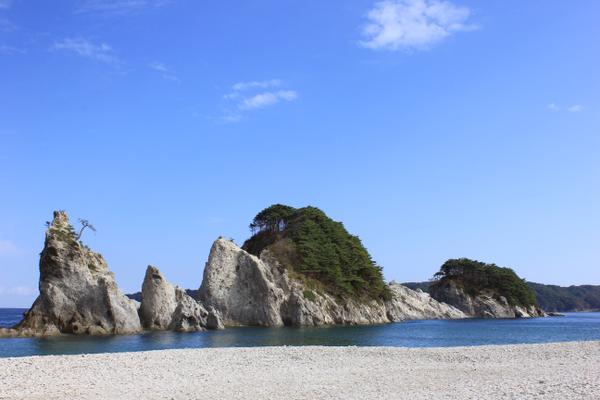

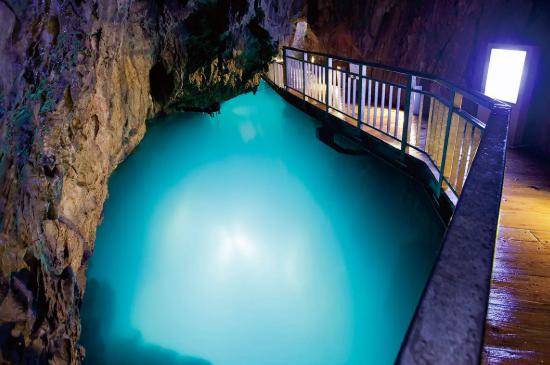

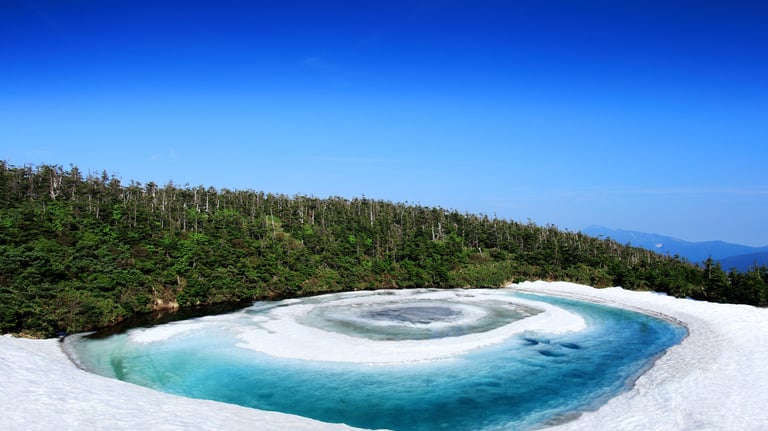

Iwate Prefecture
Iwate Prefecture is the largest prefecture in the Tohoku region, and is attractive for its magnificent nature, history, traditional culture, and delicious food, including its diverse "noodle culture." There are many attractive places in Iwate Prefecture, but we will introduce some of the most popular tourist spots that represent the region.
The beach is characterized by white driftstone rocks, surrounded by calm, clear blue ocean and white pebble beach. It is designated as a national scenic beauty spot and is part of the Sanriku Fukko National Park.
Ryusendo
It is one of Japan's leading limestone caves. The highly transparent underground lake is incredibly beautiful, and the color of the water, also known as "dragon blue," is a must-see. It's like another world beneath the ground, and you can feel the mysteries of nature.
Hachimantai Dragon Eye
This is a very unique and mysterious natural phenomenon that can be seen at Kagaminuma near the summit of Hachimantai Mountain, located on the border between Iwate and Akita Prefectures. It is known as a “fantastic spectacle” that can be seen only during a limited period of time when the snow melts.
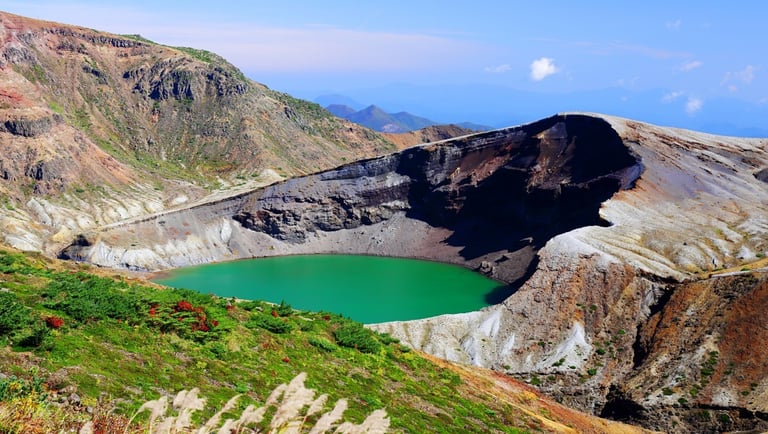

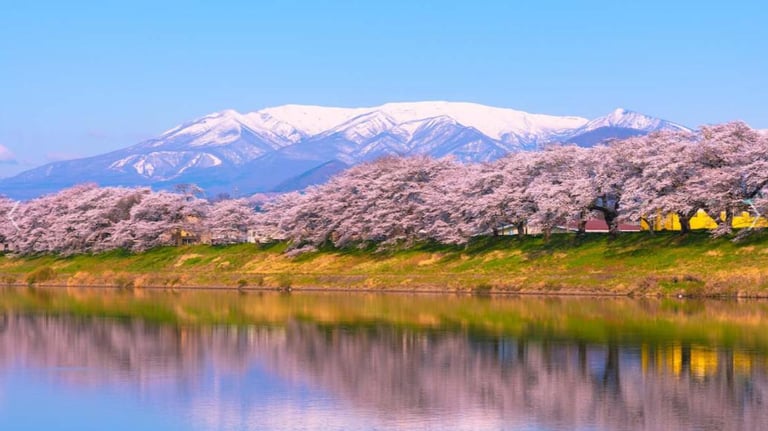

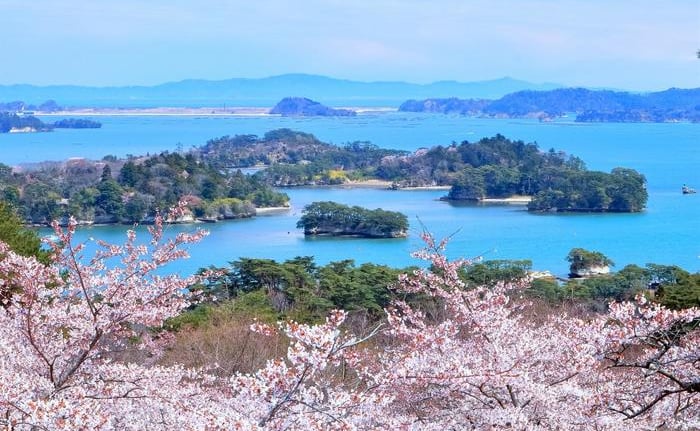

Miyagi Prefecture
Miyagi Prefecture is located in the center of the Tohoku region and has diverse attractions such as nature, history, food, and hot springs. In particular, Sendai City, the prefectural capital, is the largest city in Tohoku and often serves as the gateway to Tohoku tourism.
It is a circular caldera lake (crater lake) located almost in the center of the Zao mountain range. Its greatest feature is that the color of the lake water changes from emerald green to cobalt blue depending on the way the sunlight hits it and the angle from which you view it.
Hitome Senbonzakura
It is a famous cherry blossom viewing spot representing the Tohoku region, spanning Ogawaramachi and Shibatamachi in Shibata County, Miyagi Prefecture. It is a magnificent row of cherry blossom trees with about 1,200 cherry trees planted along the banks of the Shiroishi River for about 8 km.
Matsushima
Located on the Pacific coast of Miyagi Prefecture, this beautiful place is counted among the Three Most Scenic Spots of Japan. The scenery of over 260 islands of various sizes floating in the bay has fascinated many people since ancient times. There are also many historic temples and shrines, so you can enjoy the scenery, history, and culture all at the same time.
Zaonokama (Zao's kettle)
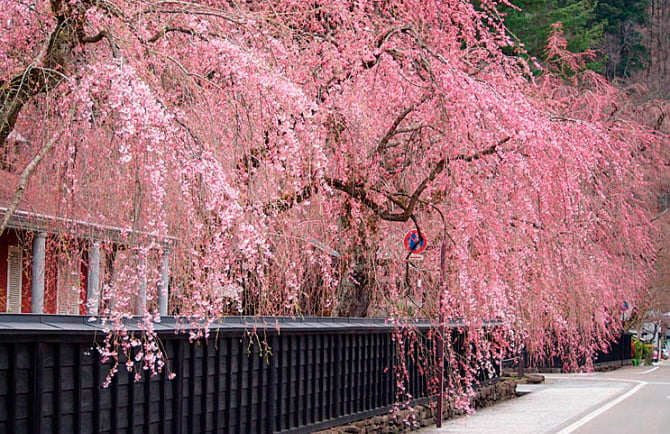

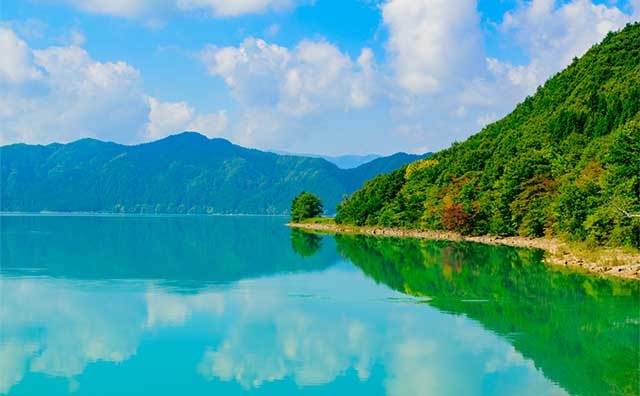


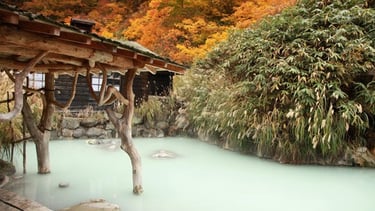
Akita Prefecture
Akita Prefecture is located on the Japan Sea coast of the Tohoku region and is an attractive prefecture known for its simple and warm people, abundant nature, traditional culture, and delicious food. There are many attractive places in Akita Prefecture, but we will introduce some of the most popular tourist spots that represent the region.
Kakunodate is known as "Little Kyoto of Michinoku" and is a place of particular beauty, especially the streets lined with samurai residences and the changing nature of the seasons. It is a castle town that flourished during the Edo period, and many samurai residences remain intact, especially on "Samurai Residence Street."
Tazawa Lake
Lake Tazawa is 423.4m deep and is the deepest lake in Japan. Because of its depth, it never freezes, even in winter. The color of the lake surface is very clear and changes from cobalt blue to emerald green depending on the time of day and the weather.
Nyuto Onsen Village
Nyuto Onsenkyo is a cluster of seven hot spring resorts scattered around the foot of Mt. Nyuto in the Towada-Hachimantai National Park, each with its own unique hot spring source, and it is said that visiting the hot springs is effective against all diseases.
Kakunodate
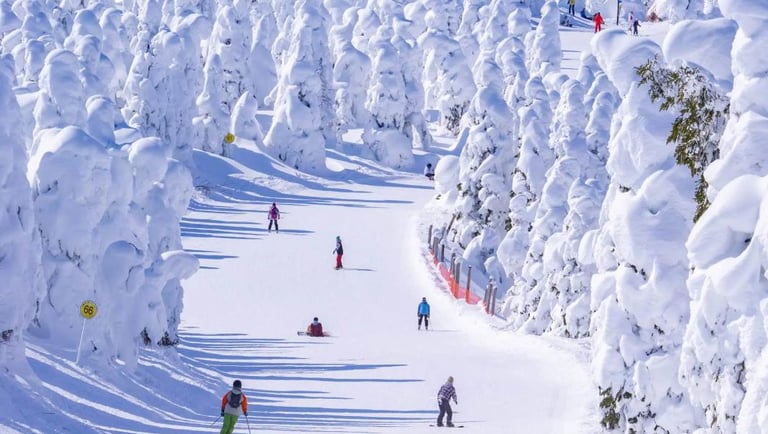

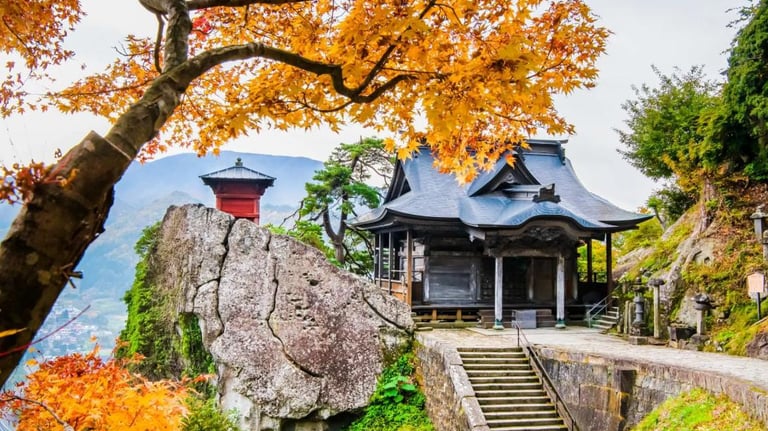

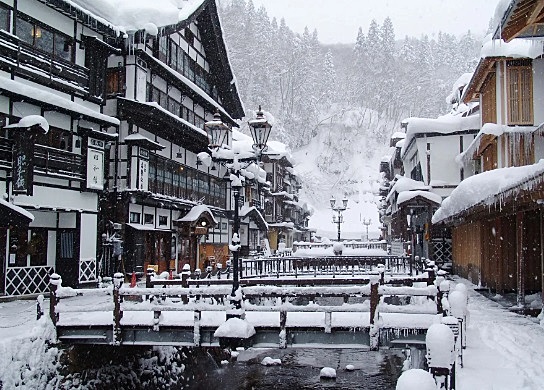

Yamagata Prefecture
Yamagata Prefecture is located in the southwest of the Tohoku region, and is an attractive prefecture with abundant nature, hot springs, delicious fruits and local cuisine, as well as history and culture. Enjoying local flavors such as seasonal fruits and taro stew is also an important part of Yamagata tourism. The sights change greatly depending on the time of year you visit, so it is recommended that you choose a season that suits your purpose.
This hot spring area is known for its highly acidic sulfur springs. It is also known as the "hot spring for beautiful skin." In winter, it bustles with activity as one of the largest ski resorts in the Tohoku region, and the frost-covered trees (snow monsters) are a must-see.
Yamadera
Located in Yamagata City, the temple grounds are made up entirely of a mountain lined with strangely shaped rocks. After climbing more than a thousand stone steps, you'll be greeted by a magnificent view from the Godaido Hall at the top of the mountain.
Ginzan Hot Springs
This hot spring town is full of retro charm, with wooden hot spring inns built in the Taisho era lining both sides of the river. Especially on snowy winter nights, the glow of the gas lamps creates a fantastic atmosphere.
Zao Hot Springs
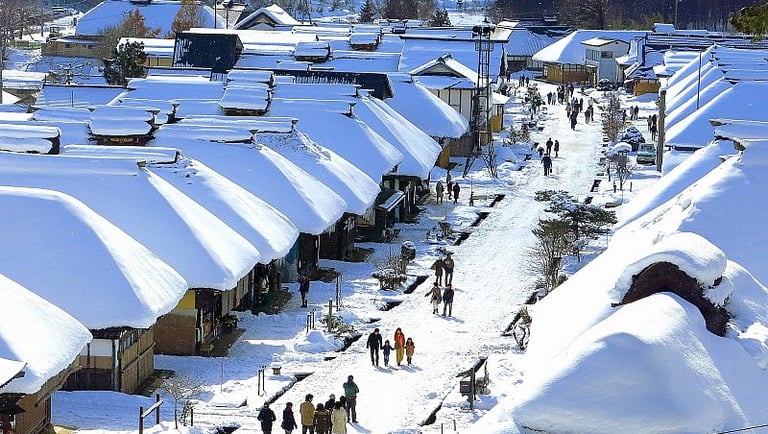

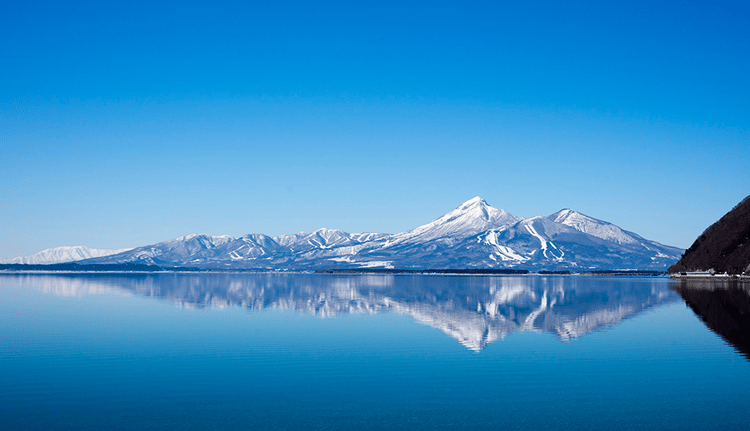

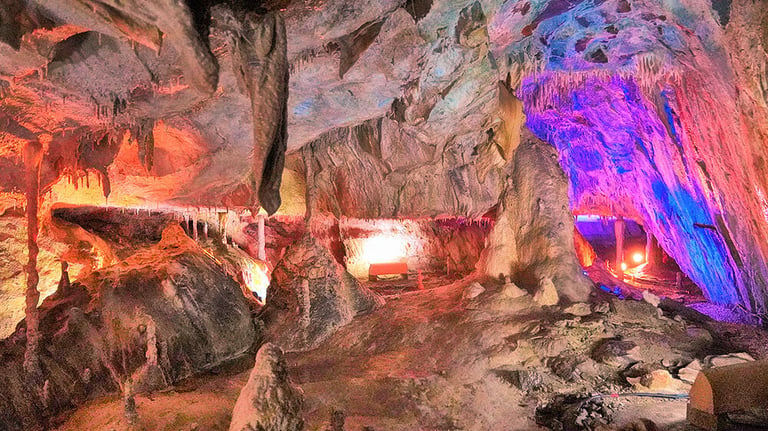

Fukushima Prefecture
Fukushima Prefecture is located at the southernmost tip of the Tohoku region, and is a vast prefecture made up of three distinct regions: Nakadori, Aizu, and Hamadori. Each region has its own unique charm, and is a place where you can experience a variety of history, nature, and food.
It is a very popular tourist destination where the streetscape of a post town from the Edo period remains intact. The rows of thatched-roof houses are unique and evoke the original Japanese landscape. The scenery changes with the seasons and is especially beautiful in winter when it snows.
Inawashiro Lake
It is the fourth largest lake in Japan. Its water is so clear that it is also called Lake Tenkyoko because the surrounding scenery is reflected on its surface. The view of the lake with Mt. Bandai in the background is beautiful throughout the year, but is especially special when the sky is blue and the leaves are red.
Abukuma Cave
This is a limestone cave where many beautiful stalactites can be seen, said to be the best in the East. The caves were created by nature over a period of about 80 million years, and the open part of the caves is about 600 meters long, along which stalactites and stalagmites of various shapes and colors can be seen.
